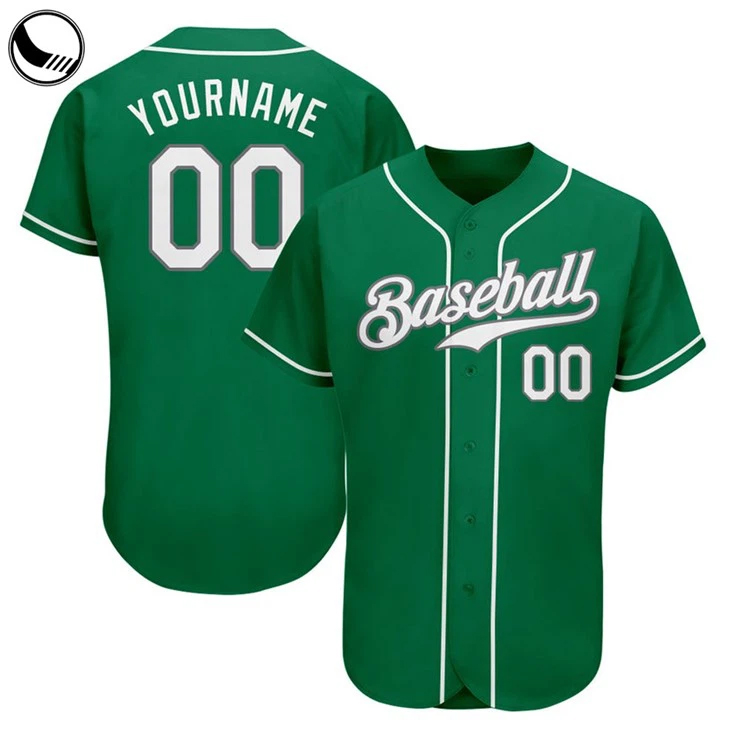Origins of the Baseball Uniform
In the early days of baseball, players wore whatever clothing they had on hand, ranging from their regular street clothes to simple white shirts and trousers. This lack of a standardized uniform not only made it difficult for players to distinguish teammates from opponents but also gave no visual representation of team unity.
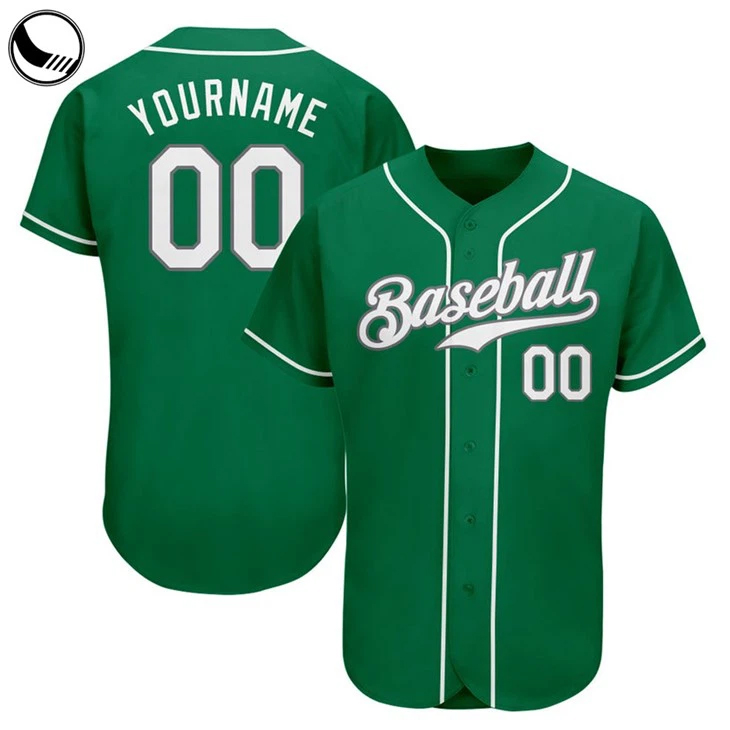
The first attempts at creating a standardized baseball uniform came in the late 1800s when teams began to adopt woolen flannel shirts and trousers. These uniforms were often adorned with the team's name or logo, providing a basic level of identification. However, the uniform's design and fabric were still quite generic, with limited options for customization.
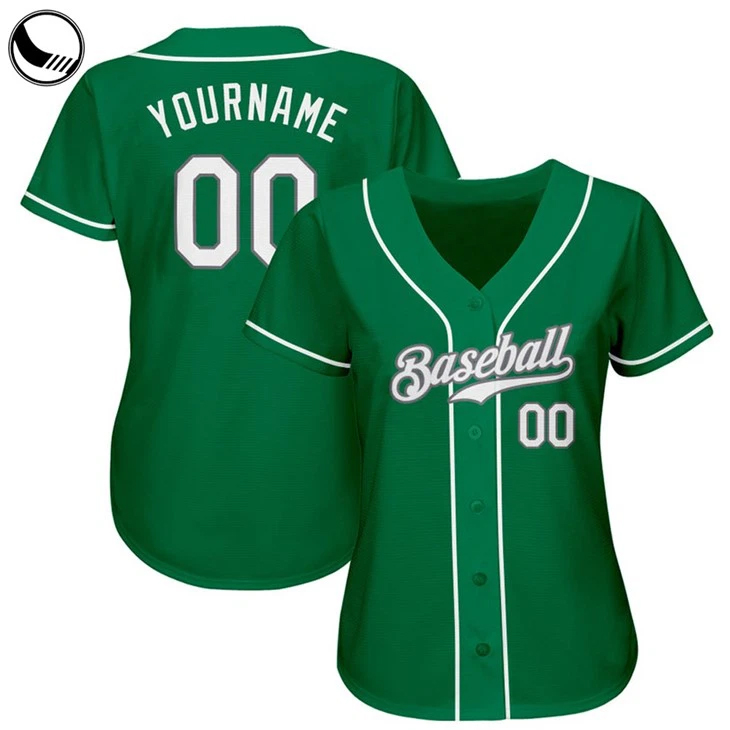
The Rise of Customization
As baseball gained popularity, the need for more distinguishable uniforms became apparent. In the early 20th century, teams began to experiment with customized elements. This led to the inclusion of players' names on the back of jerseys and the addition of numbers, allowing fans and officials to identify individual players easily.
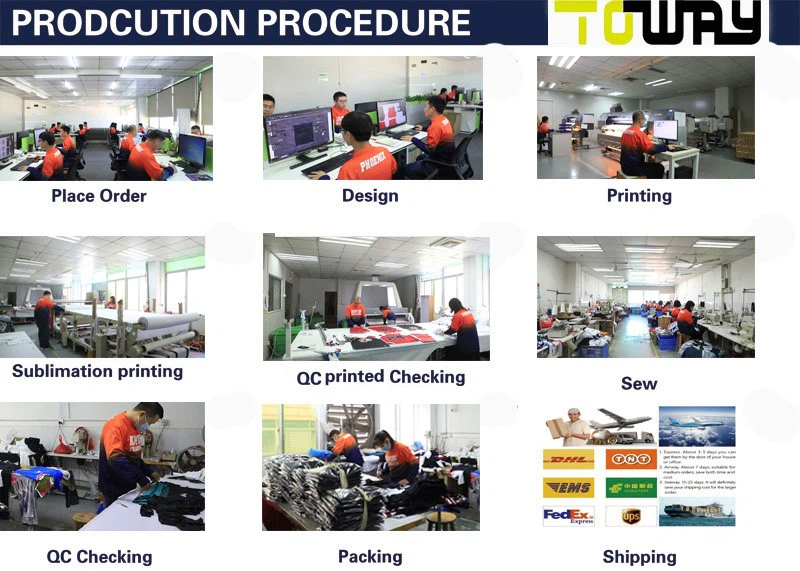
The introduction of these personalized features marked the beginning of a trend towards customization in baseball uniforms. Teams started exploring more creative options, including unique color combinations and patterns. However, technological limitations at the time restricted the extent of these customizations.
Customized Fabric: Performance and Comfort
Advancements in textile technology over the decades have revolutionized baseball uniforms, making them not only visually appealing but also highly functional. With the development of synthetic fabrics and moisture-wicking materials, players can now experience enhanced performance and comfort on the field.
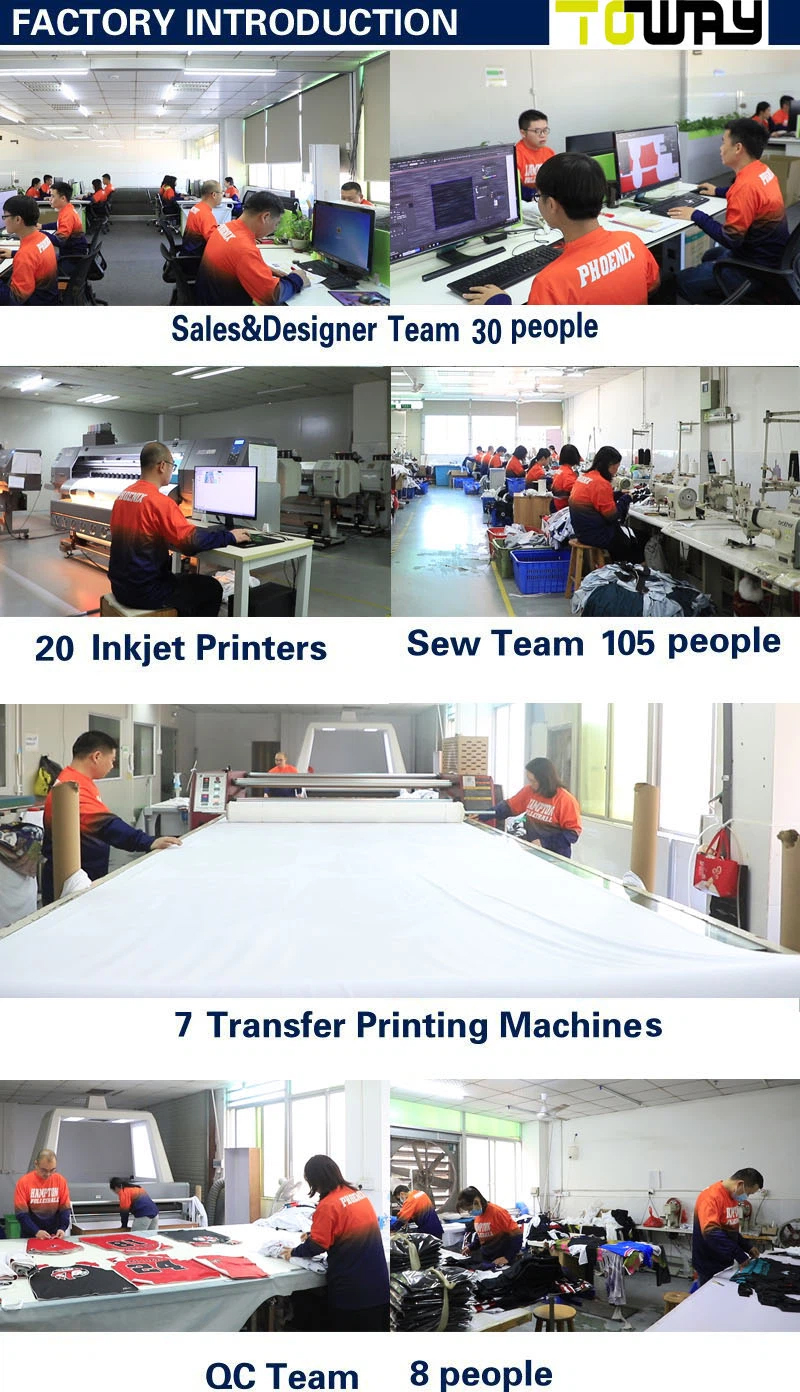
High-performance fabrics, such as moisture-wicking polyester blends, help players stay dry by wicking sweat away from their skin. This feature is particularly crucial during hot summer games when players are prone to dehydration. Additionally, these fabrics are lightweight and breathable, allowing players to move more freely without being encumbered by heavy uniforms.
Customized Color: From Tradition to Expression
Traditionally, baseball teams were associated with specific colors, and these color schemes often represented the city or region they represented. However, as the sport evolved, teams began to break away from these traditional color choices, opting for more modern and vibrant combinations.
Customized colors now allow teams to create a unique visual identity that resonates with their fans and reflects the team's personality. Some franchises have even adopted special jerseys or alternate color schemes for special occasions, such as holidays or events.
Additionally, with the advent of digital printing and sublimation techniques, teams can display intricate designs, graphics, and sponsor logos on their uniforms. This level of customization allows for a more sophisticated representation of team branding and opens up new revenue streams through merchandising.




